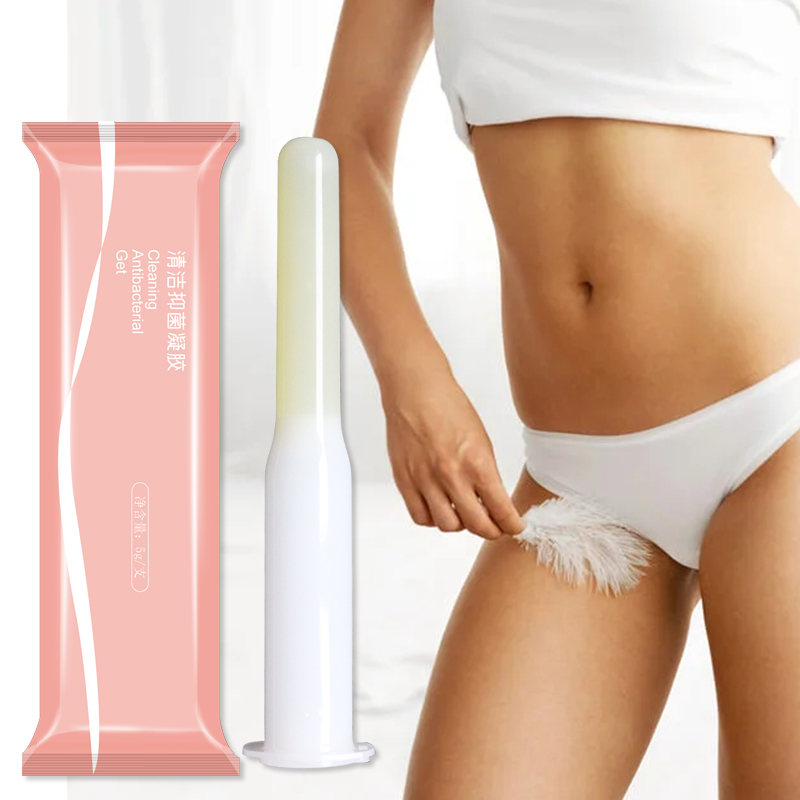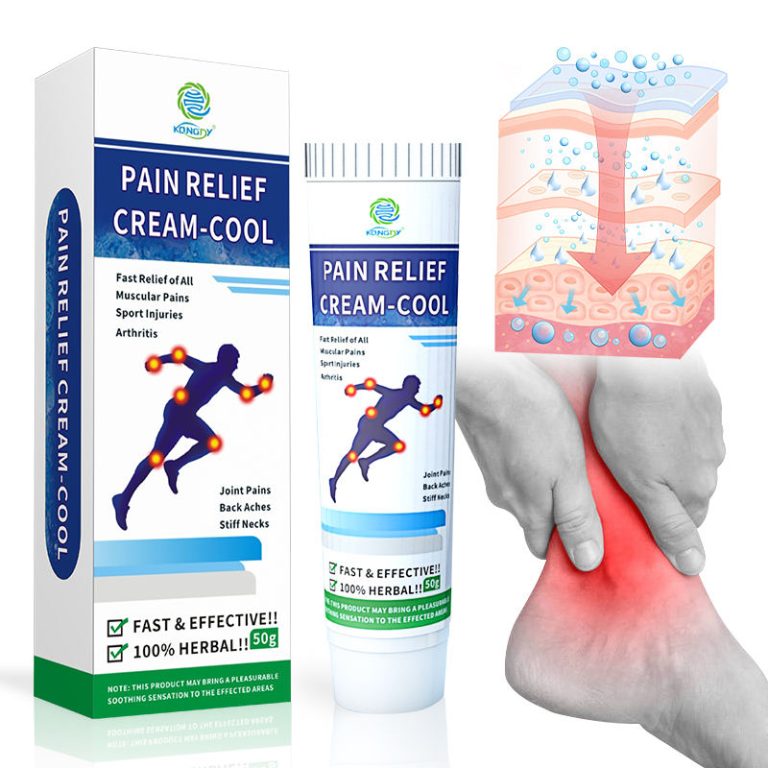Vaginal tightening gels have gained significant popularity in recent years as more women seek solutions for improved intimate wellness. These products claim to temporarily tighten and rejuvenate the vaginal walls, enhancing sensation and confidence during intimate moments. However, understanding the science behind these gels is crucial for making informed decisions about their safety and effectiveness.
The primary active ingredient in most vaginal tightening gels is a compound called polyphenylsulfonate, a type of astringent. Astringents work by causing the proteins in the vaginal tissue to constrict and tighten, resulting in a temporary tightening effect. This mechanism is similar to how astringents tighten pores on the face when used in skincare products.

Apart from polyphenylsulfonate, some gels may also contain additional ingredients like plant extracts, essential oils, or vitamins. These additives are often touted for their potential benefits, such as improving lubrication, promoting cell regeneration, or providing antioxidant properties.
It’s important to note that the effects of vaginal tightening gels are temporary, typically lasting for a few hours or until the next intimate encounter. The gels do not provide a permanent solution or address underlying medical conditions that may contribute to vaginal laxity, such as childbirth, aging, or hormonal changes.
While these gels are generally considered safe for short-term use, there are potential risks and side effects to be aware of. Some women may experience irritation, burning sensations, or allergic reactions, especially if they have sensitive skin or are prone to infections like bacterial vaginosis or yeast infections.
It’s crucial to follow the instructions for use carefully and avoid overusing the product, as excessive application may disrupt the natural pH balance of the vagina, leading to potential complications.
It’s also important to note that vaginal tightening gels should never be used as a substitute for proper lubrication during sexual activity. Lack of lubrication can lead to discomfort, pain, and potential microtears, increasing the risk of infection.
For women seeking long-term solutions for vaginal laxity or concerns about intimate wellness, it’s recommended to consult with a healthcare professional. They can provide personalized advice and explore various treatment options, such as pelvic floor exercises, hormone therapy, or surgical procedures, depending on the underlying cause and individual circumstances.
In conclusion, vaginal tightening gels offer a temporary solution for enhanced intimacy, but it’s essential to understand the science behind their active ingredients and potential risks. Consulting with a healthcare professional and prioritizing overall intimate health and well-being is crucial for making informed decisions about these products.






